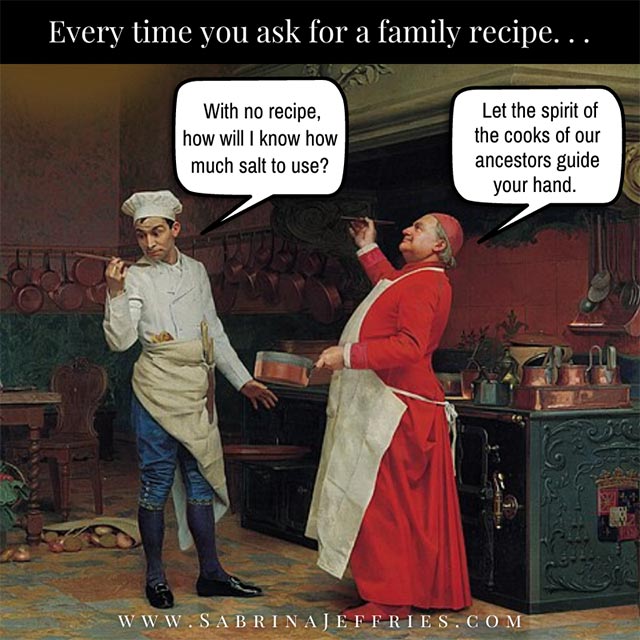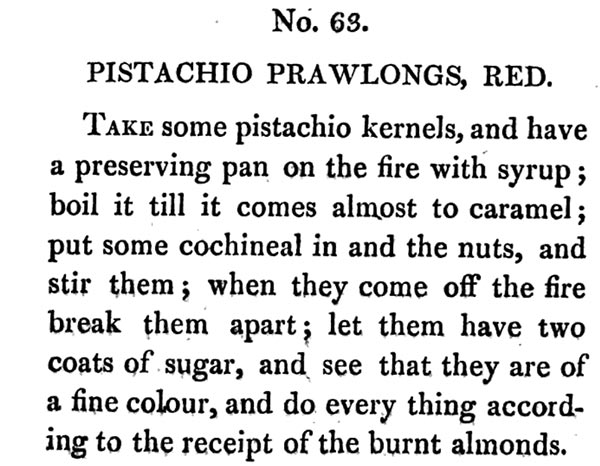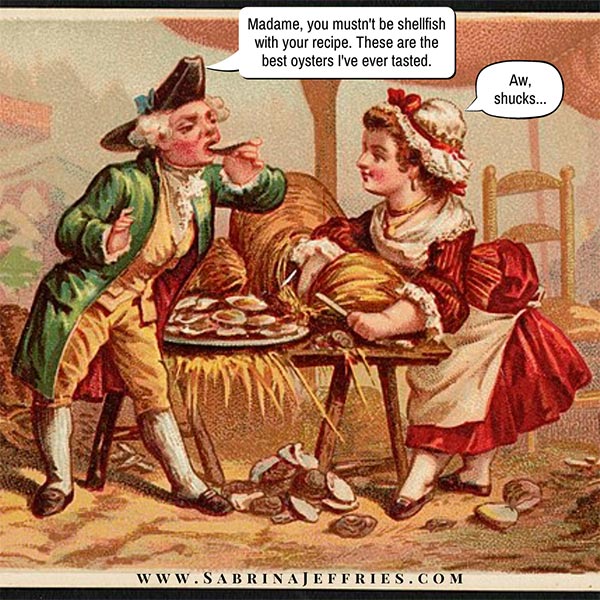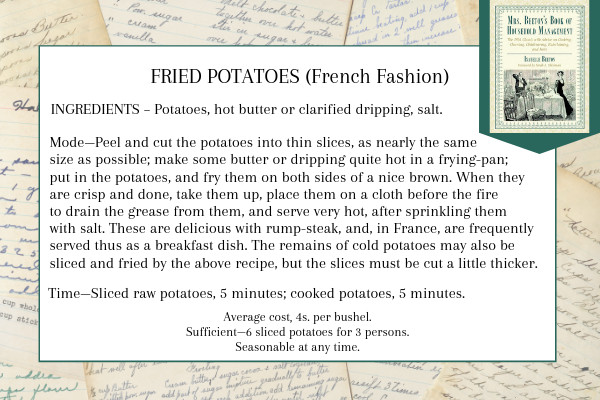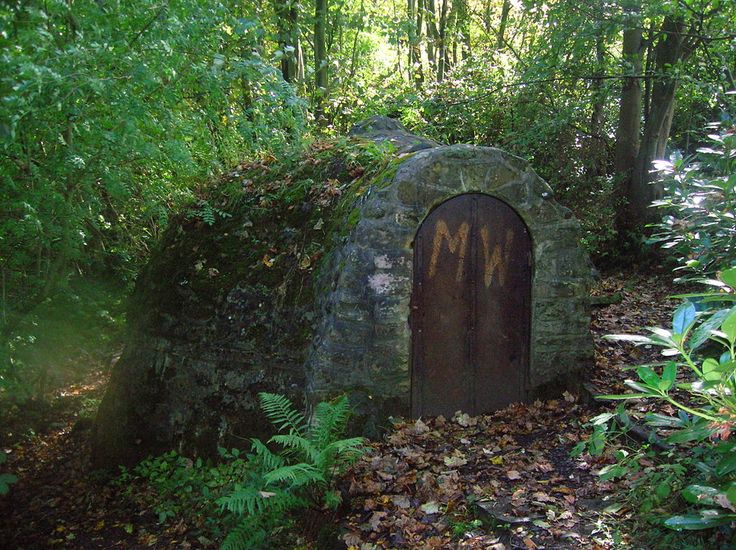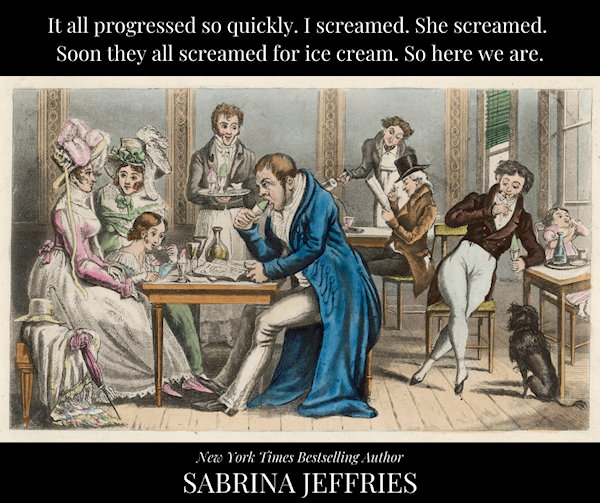James Hemings
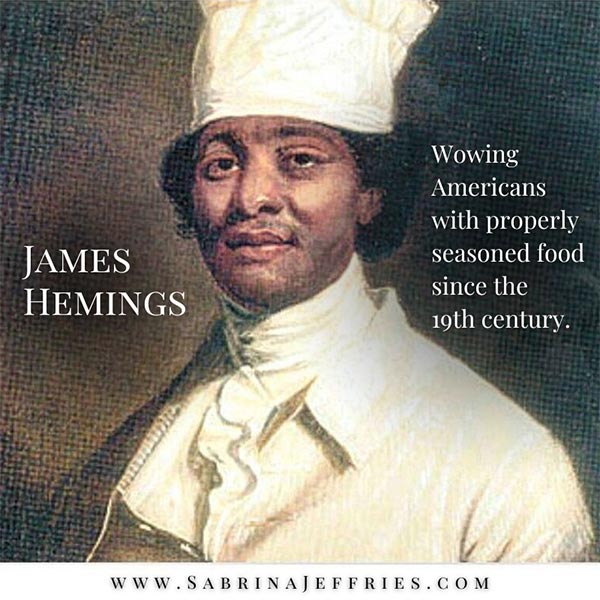
As y’all know, I occasionally base my characters—both main and secondary—on real historical figures I read about. One of those will make his first appearance in Eliza’s book. He’s a well-known French chef and a man of color who works for Elegant Occasions. I was inspired by a man I’d read about recently: James Hemings, the brother of Sally Hemings. He’s credited with introducing Americans to snow eggs and his version of mac and cheese, among other things. He learned about similar foods while training in France to be a chef, the first American to do so. He excelled to such a degree that he became chef de cuisine at the Hôtel de Langeac, Jefferson’s private residence, and the first American diplomatic embassy while he was in Paris. My character is French, not American, but he too has risen to prominence in England, as many French chefs did. He’ll also be in Verity’s book, which I’m presently plotting.


